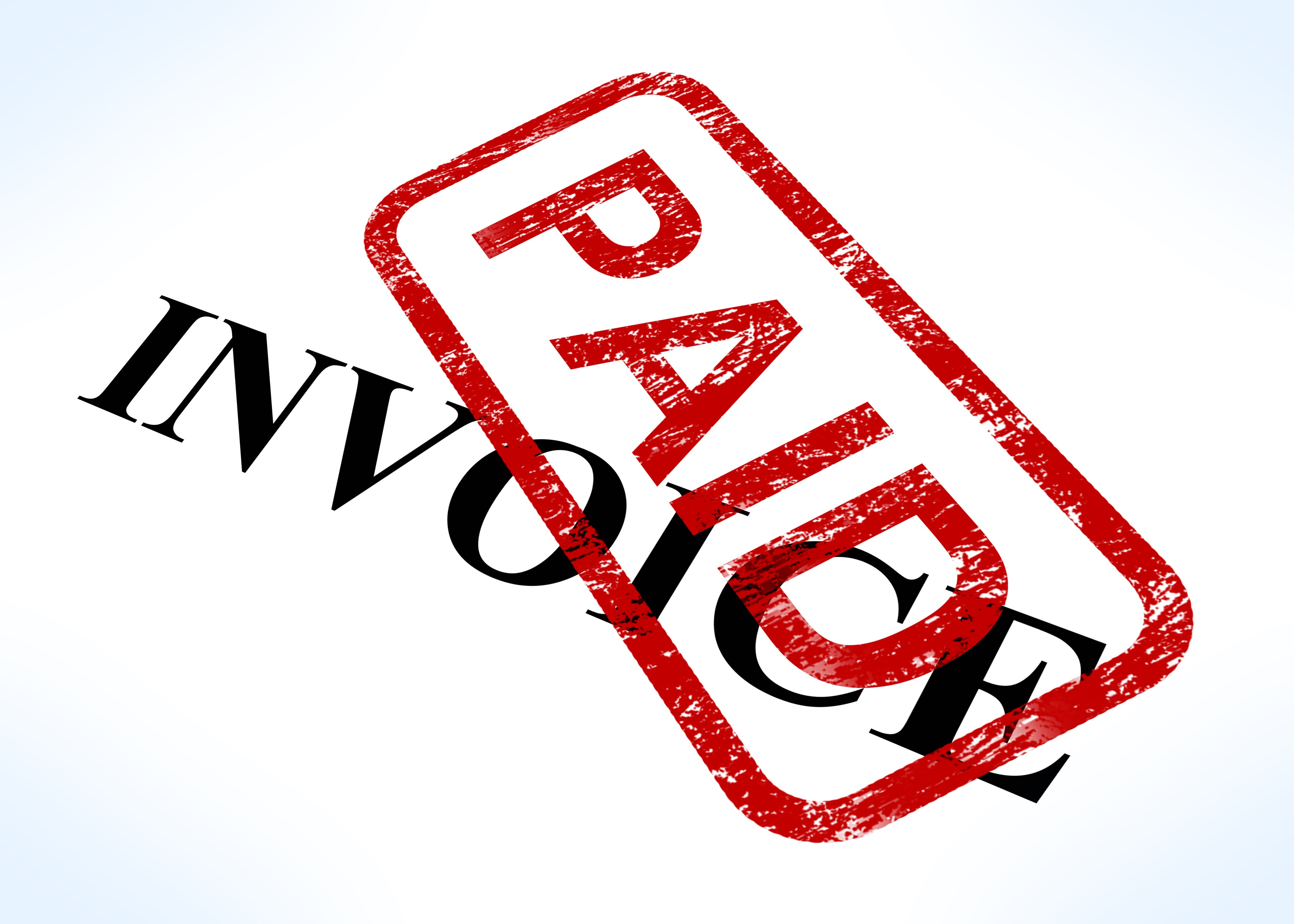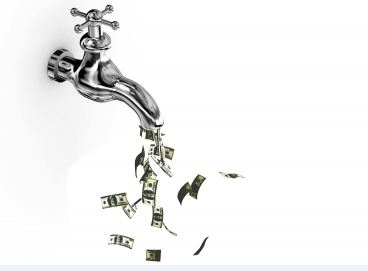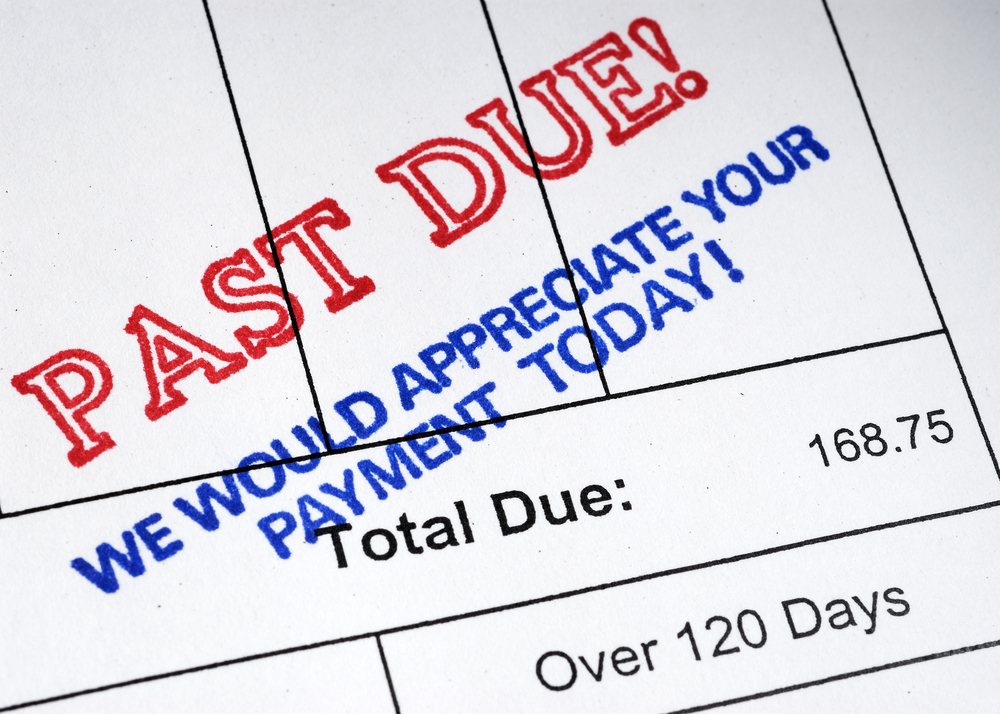5 Accounts Receivable Management Key Performance Indicators: Part II
Accounts Receivable Management: 5 Ways to Increase Cash Flow When it comes to increasing cash flow, are you finding that your numbers are not quite...
3 min read
Community User Tue, Dec 09, 2014

In any business, cash flow relies on effective accounts receivable management, otherwise known as the ability to collect cash from customers when it is due. CEOs, CFOs, controllers and credit managers are always interested in learning more about increasing cash flow, but effective accounts receivable is a lot more than making collection calls. Businesses must proactively identify their strengths and weaknesses and utilize the tools available to help them grow with effective accounts receivable management.
The first step is to learn about accounts receivable performance indicators, how they interact with each other and what those interactions mean for your bottom line.
Why are performance indicators important? Because the ability to monitor your accounts receivable performance is the first step in improving the way you manage it. Here are some of the most important metrics you should consider when measuring accounts receivable performance and how to interpret them to better gauge the health of your A/R and overall cash flow.
In part 1 of this blog series we will cover the following topics:
1. Days Sales Outstanding (DSO)
2. Average Days Delinquent (ADD)
In part II we will cover:
3. Collection Effectiveness Index (CEI)
4. CEI vs DSO
5. Accounts Receivable Turnover Ratio (ART)
1. Days Sales Outstanding (DSO)
This is a commonly used but often times, misused, measurement of A/R management performance. Don’t get me wrong, this is an important metric, but you must make sure you are using it and interpreting it correctly. DSO is used to calculate how quickly you are able to collect the money owed to you after the sale has been completed; the average collection period.
DSO= (Accounts receivable / total credit sales) x number of days in period.
Interpreting this metric correctly is critical. First it is important to note that each industry has a different average DSO, so you will want to do some research to see how yours measures up to your peers. Typically you want DSO to exceed your terms by no more than half. So if you operate on payment terms of 30 days and you’re seeing payment in 45 days, you’re doing pretty well.
DSO vs. Best Possible DSO
The goal is to get your DSO to be as close as you can to Best Possible DSO which will indicate you are collecting on invoices as quickly as possible. It is nearly impossible to get these numbers to match up perfectly, so if you can get within 3-5 days you are doing great!
Best Possible Days Sales Outstanding= (Current receivables x number of days in period) / credit sales for period
It is important to remember that DSO should never be the end-all-be-all of your investigation into accounts receivable performance. You will need to also look at the other metrics mentioned below to paint a complete picture. Also remember:
- DSO fluctuates with revenue and other short-term changes.
- Because of its tendency to fluctuate, analyzing DSO on a period less than a year can be misleading.
- DSO takes into account only credit sales, not cash sales.
- Always look at your DSO with context with your company’s terms.
2. Average Days Delinquent (ADD)
ADD tells you how efficient and effective your processes are in your ability to collect receivables on time.
ADD= Days Sales Outstanding – Best Possible Days Sales Outstanding
You will want to look at your ADD and DSO together- consider plotting them on a line graph for a better visual of what is happening in their relationship. Also, looking at the number side-by-side is acceptable.
If ADD and DSO traveling up/down together: This means that you can assume your processes are either helping (upward trend) or hurting (downward trend) your ability to collect receivables. If you see that both these numbers are dropping, you will want to look into ways to improve your processes to become more effective in collections.
If DSO & ADD are moving in different directions: This means that there is something else going on and you should absolutely take a closer look. For example, if DSO is rising while ADD is falling, the improvement in DSO was probably not driven by improved collection efficiencies; rather it may have been due to shorter A/R cycles or a change in credit terms.
Are you finding that your numbers are not quite where you would like them to be? Don’t worry, there are many different things you can do and small changes you can make to improve your metrics and overall accounts receivable performance, such as:
____________________________________________________________________________________

Accounts Receivable Management: 5 Ways to Increase Cash Flow When it comes to increasing cash flow, are you finding that your numbers are not quite...

As we all know, cash flow is the lifeblood of every business. Having sufficient cash can be the difference between success and failure and accounts...

Increase Cash Flow with Accounts Receivable Management KPIs Modern CFOs understand the importance of employing technology wherever possible to gain...